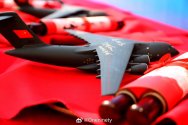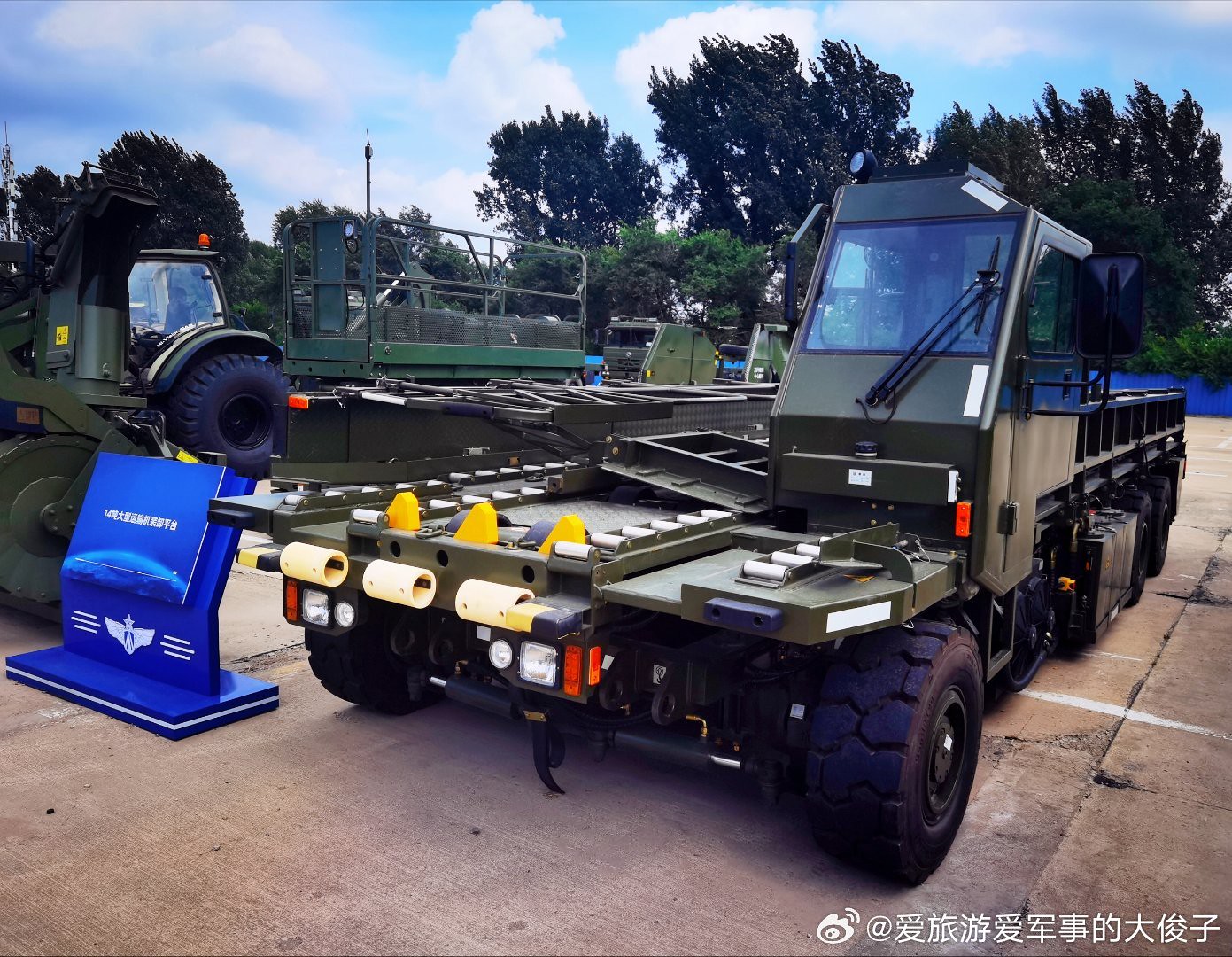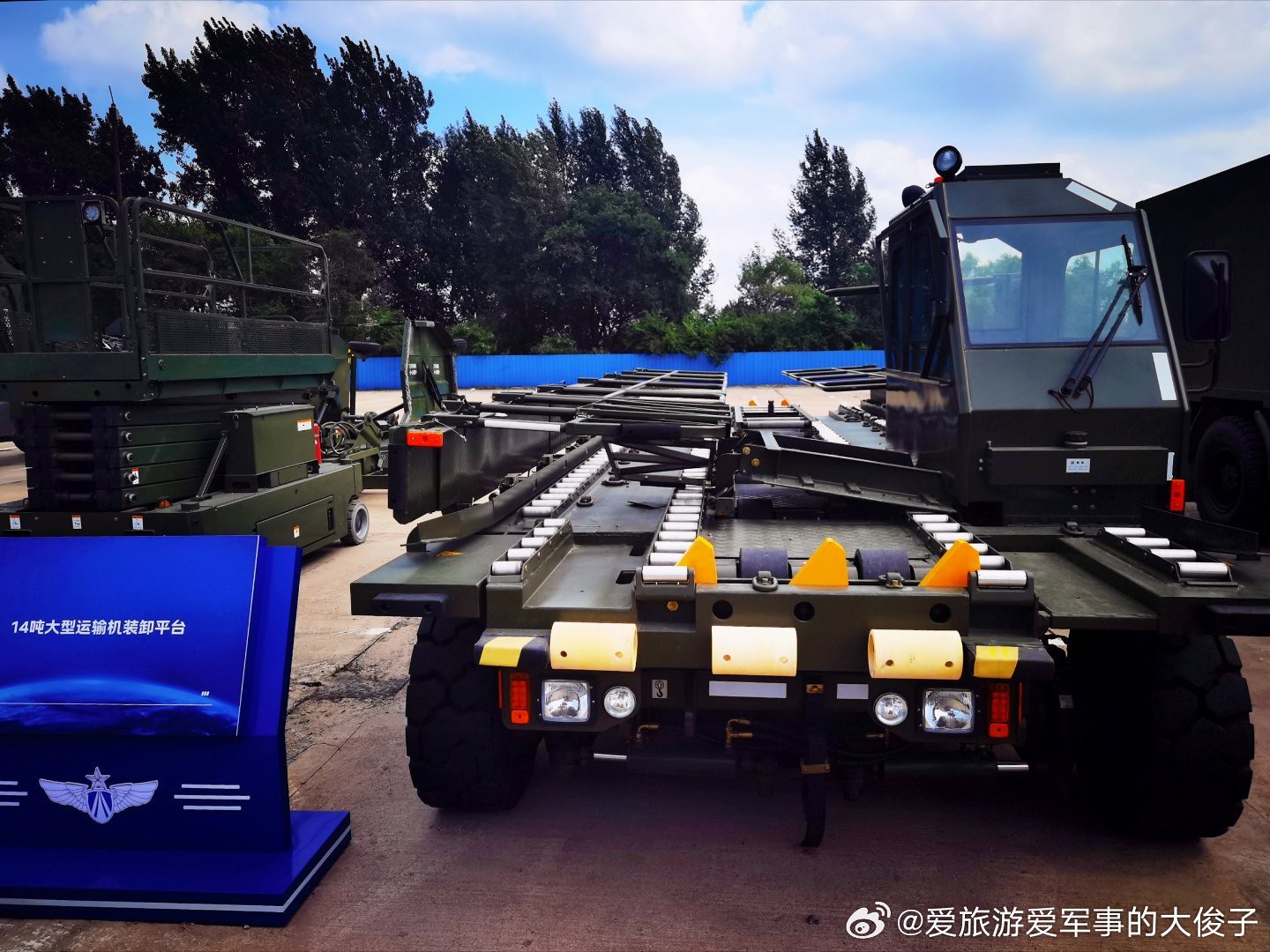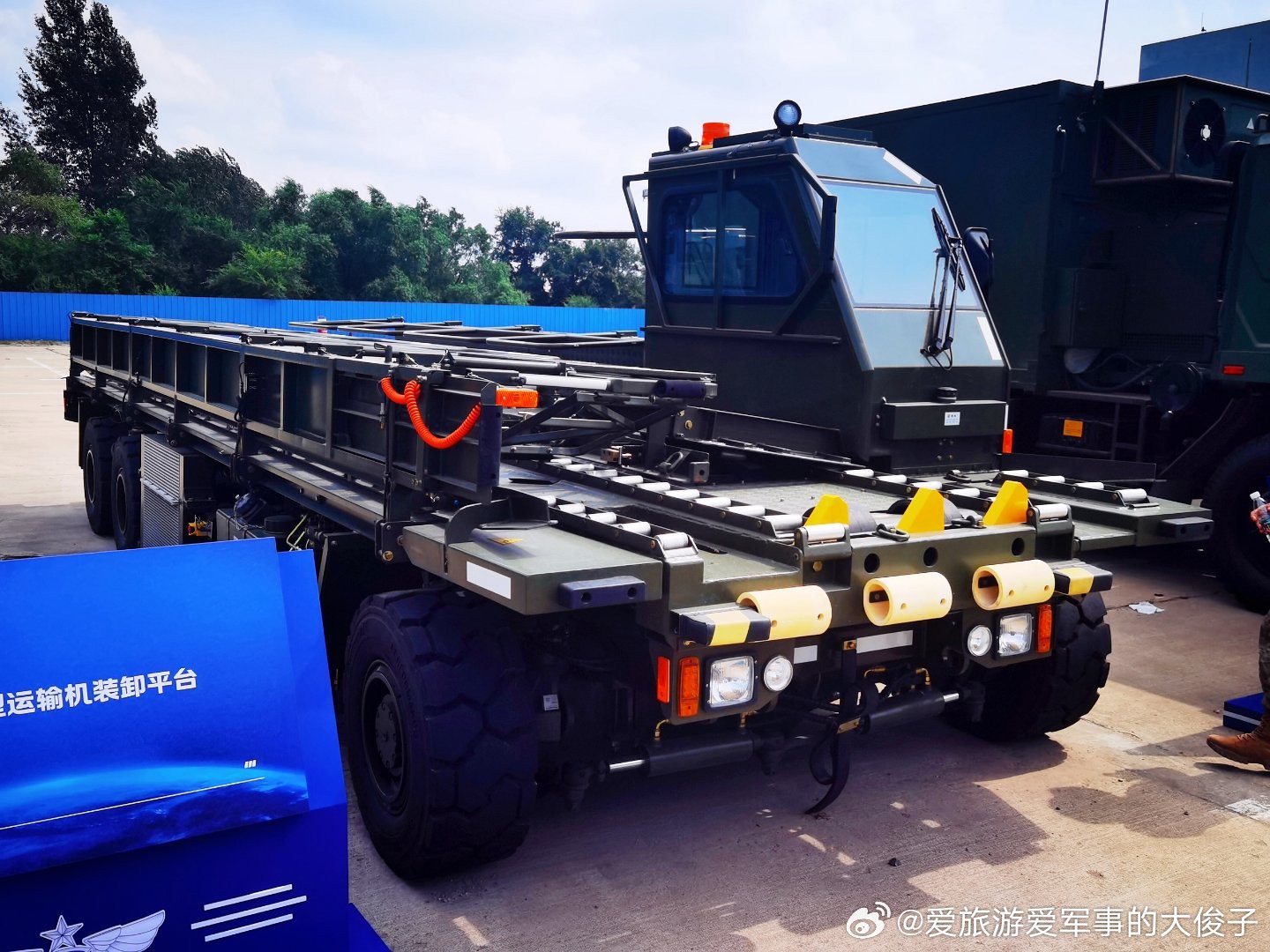You are using an out of date browser. It may not display this or other websites correctly.
You should upgrade or use an alternative browser.
You should upgrade or use an alternative browser.
China's transport, tanker & heavy lift aircraft - esp. Y-20/YY-20
- Thread starter Totoro
- Start date
lcloo
Captain
Last word on top line looks like 飞. The character before it can not be read as it is too blur. If this particular word is 首, then it would be 首飞or maiden flight.Can anyone translate what's written on this Y-20B model besides the date?
And even more what's the meaning? A hint for service entry soon, just a signed model ...?
(Image via @Oneninety from Weibo)
PS: Seems to be the signature of Tang Changhong, chief designer of the aircraft.
View attachment 118892
Or, if this particular character is 西, it would be 西飞, or Xi'an AVIC.
Interpretation is up to each individual. So it could possibly be "Congratulation(?) to Xi'an AVIC, signature of XXX, dated 2023-9-16", or "Congatulation(?) on Maiden Flight of (??), signature, 2023/9/16". It is simply too blur...
Dedicated aircraft are so nice and clean. A multipurpose aircraft with makeshift installations cannot approach that layout. Comapre this to the haystack in that c-130 medevac:A Y-9 medical evacuation variant participates in Sino-Cambodian joint medical training exercise "Peace Angel 2023".




Danish have a modular system that fit in C-130 that are nice tho:
TerraN_EmpirE
Tyrant King
First, if the aircraft is twin engine then it’s not a variant of the Y20. The degree of changes that would be required would justify a complete new designation.we are going off topic but..
Shaanxi Aircraft is ready to replace Y-9 series with Four turboprop powered Y-30 aircraft. all depend on PLAAF need and their decision.
Y-30 research and development has completed. they are waiting for green signal.
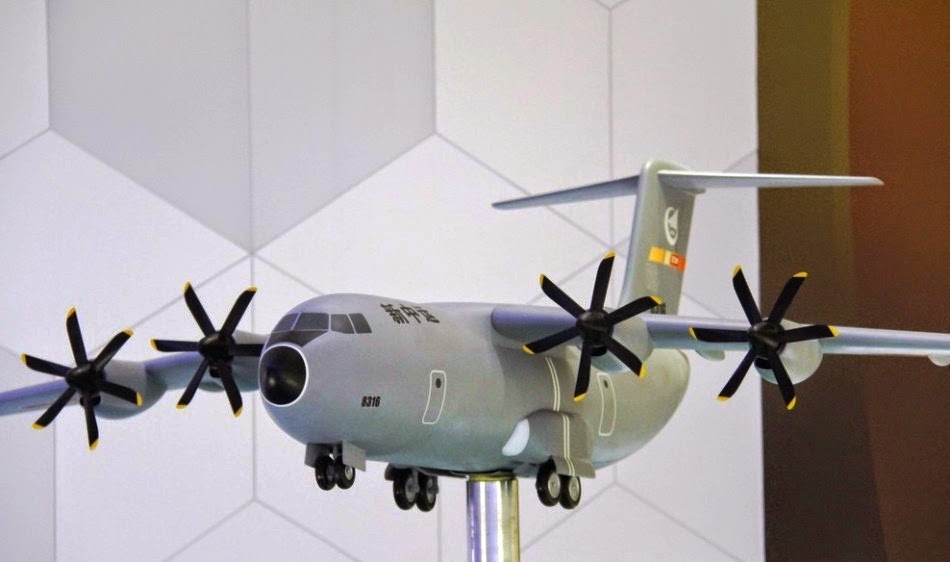%2BChinese%2BY-30%2BMedium%2BTurboprop%2BMilitary%2BTransport%2BAircraft.jpg)
another strong rumor. PLAAF might go with twin engines powered Y-20 variant in near future for other missions as you mentioned above like AEW , ASW and EW due to operating cost.
for VVIP and business jet, AVIC launched CBJ-800 project.
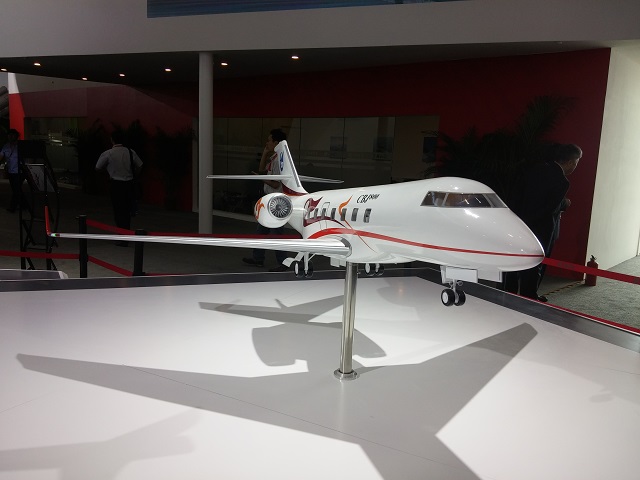
The CBJ800 seems a dead project. It dated back to 2016 and hasn’t had any news since. It seems like AVIC instead focused on the CBJ 21 and joint production with Embraer Legacy 600 jets in the same class.
The problem I see is the overlap in these rumors. A twin engine Y20 sounds like the old “Y19” rumors from years ago. That would basically be a Sino C2.My guess is they are waiting for development of the AEP-500 engine to be complete. Once that engine is available it will be used in the Xian MA700 and later in the Y-30.
Twin engine Y-20 makes sense if they manage to get the CJ-2000 engine in production. But I do not see the Y-20 being used for ASW and EW. It is just too large.
The Y30 would be basically a Sino A400M. So why develop two transport planes in the same weight class for the same purpose at the same time?
Even for special mission roles planes like the Y20 are just really overpriced in maintenance and operational cost.
The report's I saw of the CBJ800 put it below the G550. And for got reason. Although today the G550 is out of production it was at the upper end of the market size range for a dedicated business jet and it’s a very competitive segment. Along with Bombardier Global, Embraer Legacy, Dassault Falcon, Gulfstream 650-700, Along with Yakolov SSJ100 (assuming the Russians keep building them.) and more importantly the ARJ21 business jet model.They could attemp developing a Gulfstream G550-equivalent from the CBJ-800.
But just as mentioned, a new clean-sheet design from Xi'an or Shaanxi instead of AVIC will be needed.
Yes however remember the KJ600 is very specialized for Naval operations. The reason why the west and international markets are picking up commercial aircraft modified for military special missions is they are fairly cheap to operate and maintain Because of the Chicken and egg nature of the Business jet class history. It started as a military program then exploded into a civilian one and cycles back to military. For the KJ600 it’s not in that cycle because although using technology likely harvested from the MA60 its naval/ Carrier requirements make it more specific for a military role and reduce its commercial applications.In the meantime, China's KJ-600 is already well underway with evaluation and verification test flights. Being largely similar in size, will we see KJ-600 and a G550-equivalent being present in the PLAAF at the same time, given how their positions and roles are likely to clash with each another?
The KJ-600 is also a much closer-to-service product, too.
Which would be a completely new aircraft as a result and suffer penalties from it. The stubby 747SP was a commercial flop. It didn’t even make a quarter of the intended sales.They can redesign the Y20 air frame by shortening it as in Boeing 747SP. A shortened Y20 with reduced weight can be powered by just 2 engines.
Boeing 747SP
View attachment 119687
However in regards to a special mission aircraft building such and getting it both fuel and cost effective would basically result in either a Sino version of the C2 or a Sino C390 which would overlap the Y30 or the Y9 and cost time and resources better spent on other projects. Particularly since the results would be less efficient
Which is why again Y9 makes sense for the time being in most special mission roles as it already exists, and is in the right class for some applications. Y9 being a Tactical transport doesn’t need as long a runway lending its self to island operations.
It’s also why the Commercial airliners Comac makes or is looking to make have potential down the line with farther development for Special mission roles. Again the working already being done for civilian applications, costs and efficiency would be better. Although it would have more on site infrastructure requirements (hanger, runway & Maintenance) it pays off in being fuel efficient and having almost all the basic systems integration paid for by airlines.
outdated information..The CBJ800 seems a dead project. It dated back to 2016 and hasn’t had any news since. It seems like AVIC instead focused on the CBJ 21 and joint production with Embraer Legacy 600 jets in the same class.
Embraer & Harbin Aircraft industry group partnership has been shutter in 2016. total 5 Embraer Legacy 600 Aircrafts have assembled.
CBJ-21 is derived from ARJ-21. AVIC barely involved in this project.
CBJ-800 is not dead & will appear in next 2-3 years. this Business jet first proposed by Chengdu Aircraft corporation(CAC) back in 2012 and in 2015 during exhibition they renamed project with CBJ-800. due to various reasons and other strategic projects, CAC didn't do much on this and main focus was on J-20 and J-10..
CAC has now evolved into China's most advance Aerospace tech company. enough funds to carry multiple projects simultaneously.
Last edited:
TerraN_EmpirE
Tyrant King
Thank you for the correction, however it’s still at this point no evidence of anything happening. The Original 2016 was talking about the same 2-3 years.






